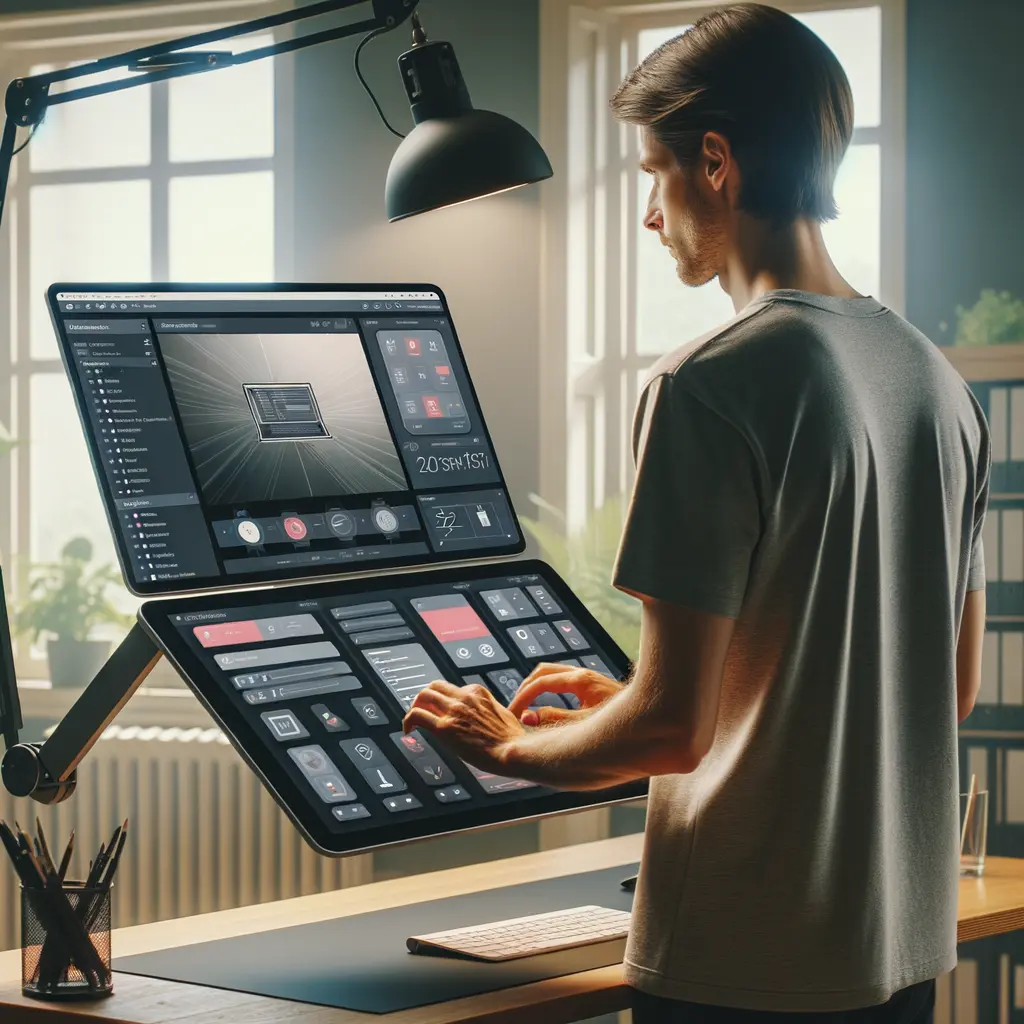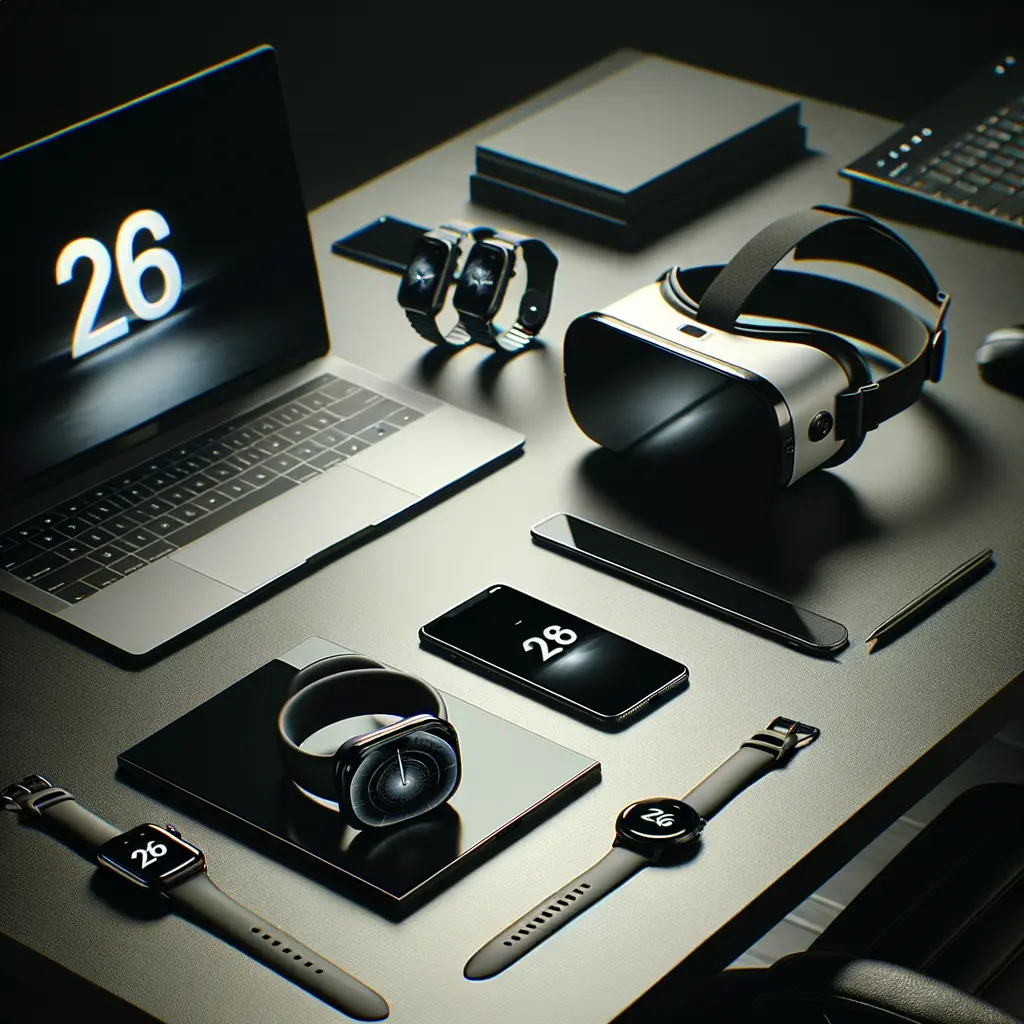What Is iOS 26 and Why Is Apple Jumping Seven Versions Ahead?
Apple has thrown the tech world a curveball by announcing that the next iPhone software update will be called iOS 26, not iOS 19. The rebrand aligns the software name with the calendar year you will spend the most time using it, mirroring how carmakers badge late-year models. iOS 26 therefore lands after Apple WWDC 2025 but carries a 2026 moniker so it still feels current well into the following year.
This change matters for more than marketing. It signals a wider strategy to streamline Apple’s entire ecosystem: macOS 26, watchOS 26, visionOS 26, and iPadOS 26 will all share the same number, making it easier for users, developers, and IT departments to know which generation of software is compatible across devices. If you have ever juggled iOS 18, watchOS 11, and macOS 15 at the same time, you know the confusion Apple hopes to erase.
Throughout this article we will break down the most reliable iOS 26 rumors, highlight confirmed iOS 26 features, and explain the expected iOS 26 release date. By the end you will understand why this update is shaping up to be one of the biggest leaps since iOS 7—and how you can get your iPhone ready. For an early taste of Apple’s new direction, check out our guide to the current Apple Intelligence beta and our roundup of iOS 18 hidden tricks.

The New Naming Scheme: From iOS 19 to iOS 26 and Beyond
The decision to jump directly to iOS 26 stems from years of fragmented numbering across Apple’s platforms. In 2024 the iPhone sits on iOS 18, the Apple Watch runs watchOS 11, and Macs are about to hit macOS 15. Multiply those mismatched labels by yearly releases, and you have a documentation nightmare. Aligning everything to the year-centric naming convention cleans up developer mindshare and marketing in one stroke.
According to Bloomberg’s Mark Gurman, internal Apple code already references macOS 26, lending weight to the leak. iOS 26 rumors also suggest the new scheme will debut publicly at Apple WWDC 2025 on 9 June, with the first beta rolling out minutes after the keynote. The public version should follow Apple’s normal cadence: late-September alongside the 2025 iPhone lineup. That means the practical iOS 26 release date for everyday users sits roughly three months after the developer beta.
For consumers, the benefits are immediate. If someone asks which version of software their devices run, the answer is simply ‘26’. The unified label will also make feature parity easier to track: when you read that Stage Manager arrives on iOS 26, you can assume the same feature targets iPadOS 26 and macOS 26. Internally, Apple can align roadmaps, brand guidelines, and marketing assets across product teams. If you enjoyed our article on how Apple synchronised branding during the transition from Intel to Apple Silicon, you will recognise the same philosophy here.

A Fresh Look: Predicted Design Overhaul Coming in iOS 26
Beyond naming, Apple is expected to introduce its most visible interface redesign since iOS 7. Consistency sits at the heart of the plan: sources say iOS 26 will borrow visual cues from visionOS—the software that powers Apple Vision Pro. Think floating tab bars at the bottom of every core app, more glass-like translucency, and adaptable icons that shift based on context.
Settings will reportedly get a top-to-bottom clean-up. iPhone, iPad, and Mac should expose identical toggle locations so you no longer hunt for Bluetooth options in different sub-menus. This aligns with earlier initiatives such as System Settings on macOS, which attempted (but never fully achieved) parity with iOS. We also keep hearing about an optional dark-accent UI that uses subtle color highlights instead of stark whites and blacks. If true, it will address one of the loudest complaints about the current Light vs. Dark dichotomy.
Developers gain new navigation APIs to adopt the floating tab bar with minimal code tweaks, ensuring third-party apps quickly match Apple’s first-party look. For users, the new paradigm should feel familiar across every Apple screen you touch. Our earlier post on visionOS design lessons provides great context, and our tutorial on preparing Xcode projects for interface changes will help proactive developers.
(You’ll find the original video explaining these leaks embedded below for quick reference.)
Headline iOS 26 Features: Gaming Hub, AI Battery Mode & More
Naming and looks aside, the biggest talking point is a growing list of iOS 26 features designed to push the iPhone further into productivity and entertainment. Top of the list is a new dedicated gaming app. Think of it as Game Center 2.0: a single launcher showcasing all titles installed on your device, global leaderboards, achievement tracking, and editorial spotlights reminiscent of Apple Arcade. Bloomberg reports a matching Mac version able to surface titles downloaded outside the Mac App Store, a nod to Apple’s renewed push for AAA gaming.
Another confirmed addition is AI-powered Battery Management Mode. Leveraging on-device machine learning, iOS 26 will study your daily usage patterns and dynamically restrict background tasks, refresh intervals, and charging cycles. Early prototypes even display a countdown on the Lock Screen indicating when the iPhone will hit 100 percent. Importantly, this mode is rumored to extend beyond A19 chip devices, meaning older iPhones will benefit too.
Connectivity also sees an upgrade: code in the Android 16 beta hints at a ‘Transfer to Android’ option for eSIM profiles, finally easing the pain of switching ecosystems. Throw in live-translation for AirPods—real-time bilingual audio passed through your earbuds—and you have a release packed with quality-of-life improvements. For deeper analysis, check our explainer on Apple Intelligence battery optimizations and our guide to using eSIM when traveling abroad.

Ecosystem Impact: How iOS 26 Syncs With macOS, watchOS and visionOS
While iOS 26 grabs headlines, the same 26 naming convention rolls out to iPadOS, macOS, watchOS and visionOS. For developers, a single version target simplifies universal purchases and cross-platform feature flags. If Stage Manager arrives on iOS 26, your iPad and Mac will likely gain identical window-management APIs on day one. VisionOS 26 also leaps fourteen versions, suggesting Apple wants spatial computing users to feel part of the same generation rather than an isolated experiment.
Hardware branding could be next. Analysts speculate Apple may skip ‘iPhone 17’ and release an iPhone 2026 or iPhone A19 to align with the A-series chip name. Although no concrete leaks exist today, the theory echoes how Apple dropped numbers for iPad and MacBook. Should the shift happen, accessory makers, carriers and enterprise MDM solutions will need to revise naming databases—worth planning for if you manage a fleet of devices.
The cohesive ecosystem story continues with services. Expect iCloud, Apple Music, and Apple TV app updates timed to the iOS 26 release date so marketing can trumpet a complete ‘26 collection’. If that excites you, read our primer on how macOS Sequoia prepared Apple Silicon Macs for synchronized feature drops. Unified versions don’t just look tidy—they create lock-step innovation across screens.

Get Your iPhone Ready for iOS 26: Next Steps and Key Dates
With Apple WWDC 2025 only months away, now is the perfect time to prep for iOS 26. First, audit your current apps and ensure they are 64-bit and actively maintained—legacy 32-bit titles may finally break under the new architecture. Second, free at least 10 GB of storage; major Betas notoriously require extra space for diagnostics. Third, back up your data via Finder or iCloud so you can roll back if early bugs bite.
Developers eager to test new iOS 26 features should enroll in the Apple Developer Program before June. That grants same-day access to the first beta. Casual enthusiasts can wait for the public beta, usually two cycles later. Either way, mark your calendar: expected timeline is WWDC on 9 June, developer beta that evening, public beta in July, and the final iOS 26 release date in mid-September alongside new iPhones.
iOS 26 is more than a version bump—it is Apple’s statement of intent for the next decade of cohesive software. From the bold new name to the gaming hub and AI battery mode, the update touches nearly every corner of the iPhone experience. Stay tuned to our site for step-by-step upgrade guides, and revisit our article on troubleshooting iOS betas if you hit a snag. The era of iOS 26 is almost here, and we cannot wait to explore every feature with you.







